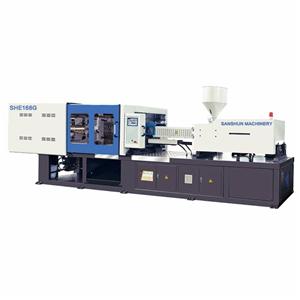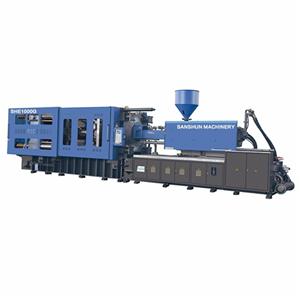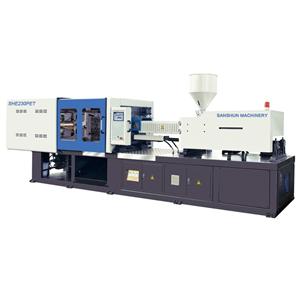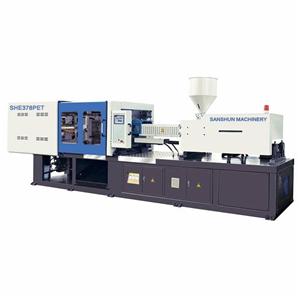- Home
- >
- News & Resources
- >
- Our Blog
- >
- What causes the tie rod (Golin column) to break?
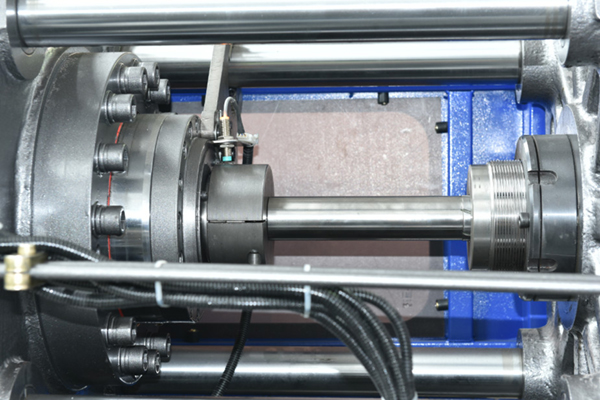
First, the analysis of the cause of the broken rod
1, fatigue damage
The working process of the injection molding machine is a process of alternating stress, so any factor that causes stress concentration may cause fatigue damage.
Such as:
1) The step where the shaft actually changes greatly.
2) There are no rounded corners, undercuts, etc. at the transition.
3) Surface scratches or machined threads inadvertently damage the surface of the optical axis.
4) The surface roughness of the thread is too large.
5) The thread is pressed for a long time, and the surface is crushed and damaged due to insufficient surface strength (at the mold nut).
6) Improper heat treatment of the thread surface causes stress concentration.
7) Material defects.
2, overload pull off
Since the toggle lever is deformed by the four tie rods to obtain the clamping force, if the length of the four tie rods is different, the deformation is different. If one of the four is shorter, the shorter tie rod may withstand much more than itself. Withstands a quarter of the clamping force, which causes the break.
3, temperature strain causes the break
If the lengths of the four tie rods are different, for example, one long and three short, the longer the rod is restrained by the other three rods due to the high temperature or the thermal stress caused by the high temperature, which is in a static state, which will cause the rod fracture.
4. Breakage caused by composite strain
If the mold is not flat, the combined error of the length of the connecting rod (hinge), the height of the bearing seat and the length of the tie rod is too large. When the connecting rod is straight, the two sides are unevenly stressed. Then
1) The rear plate is oscillated, the tie rod is bent, and the tie rod is easily broken under the action of bending stress and tensile stress.
2) The product is caused by flashing. Generally, the operator who lacks experience will further increase the clamping force, which will cause the pull rod to be overloaded and the mold overload deformation.
5. Damage caused by transient impact stress
Since the toggle force can be released before the mold is opened,
1) Instantaneous impact during mold opening causes machine vibration and damage to the tie rods and other parts.
2) As the entire mold clamping part (including the mold) is kept under stress for a long time, it will lead to premature fatigue failure of the part.
Second, the solution
1. In design, it is necessary to avoid sharp changes in shaft diameter. In the step or undercut, try to use large rounded corner transitions to select materials with better comprehensive performance. Special treatment should not only solve the hardness of the thread surface (to wear) To reduce the surface stress concentration, it is necessary to improve the surface finish and minimize stress damage.
2, to ensure the processing accuracy, especially the length of the connecting rod, the height of the bearing seat, the accuracy of the crosshead, the positioning accuracy of the bearing seat in the template.
3. Pay special attention to the length of the four tie rods during assembly or after dismantling the mold clamping nut. The distance between the mold clamping nut and the rear template should also be adjusted.
4. When the product is produced, the reason should be analyzed. Do not improve the clamping force on one side. If the mold is found to be uneven, it should be smoothed. If the length of the connecting rod is uneven, it should be corrected, including pad copper, paper, etc., or correcting the mold. Nut.


